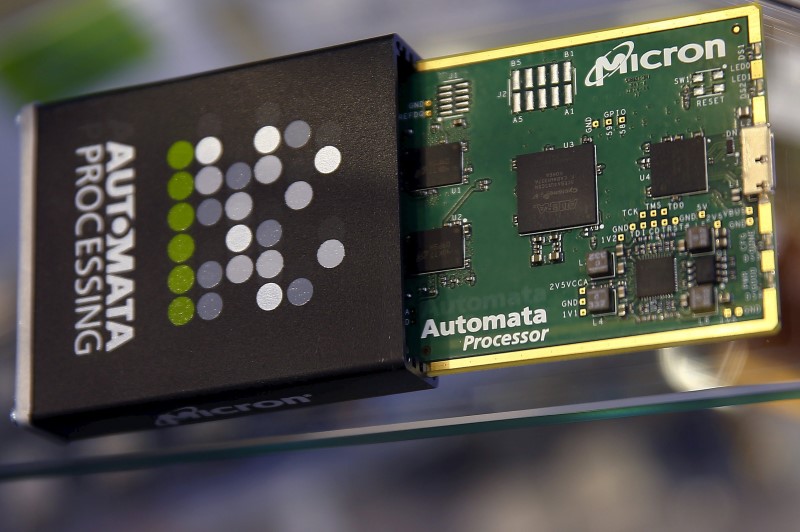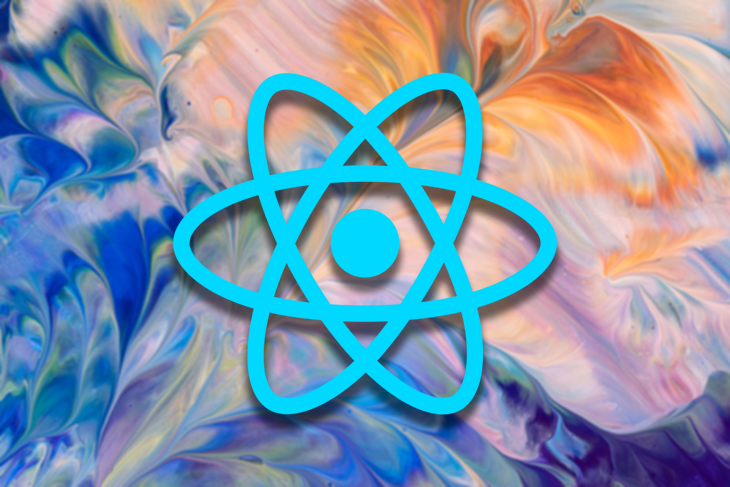The sporadic rise in real-world implementations of AI and machine learning applications has created a massive revolution in the world of technology. The terms such as artificial intelligence, machine learning, and deep learning might have appeared obsolete for practical applications. Interestingly, new tools have enabled developers to incorporate the functionalities of AI and machine learning models in solutions for business, governance, and general use. You can come across different types of machine learning frameworks, such as TensorFlow, and deep learning libraries, such as Keras, Torch, and DL4J. The TensorFlow machine learning framework is an open-source library that simplifies implementation of machine learning models. Candidates seeking a career in AI and machine learning should learn about the fundamentals of TensorFlow and how it works. Let us learn about the working of TensorFlow and the important components in its architecture. Excited to learn the fundamentals of AI applications in business? Enroll Now in AI For Business Course! Importance of TensorFlow The most notable questions on your mind right now must be ‘What is TensorFlow’ and about reasons for its popularity. TensorFlow is an open-source library developed by Google to enable large-scale machine learning and analytics. Over the course of time, it evolved into a popular framework for deep learning applications and traditional machine learning applications. TensorFlow features a combination of multiple machine learning and deep learning models alongside algorithms, which can be implemented effectively with general programmatic metaphors. Developers with expertise in JavaScript and Python could utilize TensorFlow, which also offers a simple front-end API for creating applications. At the same time, it also ensures execution of the applications in C++, which is a high-performance language. Another important highlight for a TensorFlow tutorial is the fact that the machine learning framework competes with other leading frameworks such as Apache MXNet and PyTorch. It could provide the flexibility for training and running deep neural networks for different tasks, such as handwritten digit classification and sequence-to-sequence machine translation models. TensorFlow also supports training of recurrent neural networks, partial differential equation-based simulations, word embedding, and natural language processing tasks. The most valuable aspect of TensorFlow is the support for production prediction at a better scale, with similar training models used by competitors. TensorFlow also features an extensive library of pre-trained models which provide support for faster and more efficient AI programming. You could also rely on code from TensorFlow Model Garden to learn the best practices to train models in your projects. Take your first step towards learning about artificial intelligence through AI Flashcards! Reasons to Use TensorFlow The introduction to TensorFlow AI framework provides a glimpse of its potential for transforming the definition of flexibility in machine learning development. TensorFlow uses inputs as multi-dimensional arrays with higher dimensions known as tensors. The multi-dimensional arrays serve an effective role in managing the massive volumes of data required for machine learning applications. TensorFlow also utilizes data flow graphs, featuring edges and nodes, for execution mechanism, thereby enabling easier execution of TensorFlow code. Here are some of the other reasons to use TensorFlow. Support for Python and C++ APIs Prior to the introduction of libraries such as TensorFlow, the coding mechanisms for machine learning applications involved multiple complications. The TensorFlow library offers a high-level API, which does not require complex coding for preparing neural networks, programming a neuron, or configuring a neuron. Apart from support for Python and C++, TensorFlow also supports integration with R and Java. Compatible with CPUs and GPUs One of the important things to remember about deep learning and machine learning is the need for extensive computation. The training process takes more time due to matrix multiplications, iterative processes, large data sizes, mathematical calculations, and other factors. Therefore, the training process of deep learning and machine learning models on CPUs takes much longer. Interestingly, Graphical Processing Units or GPUs have emerged as an efficient alternative to CPUs for developing ML and deep learning applications. As you try to learn TensorFlow fundamentals, you could come across its advantage of compatibility with CPUs and GPUs. Most important of all, it claims to have a faster compilation time than the competing deep learning libraries. Preparing for Machine Learning Interview? Here are detailed outline of top machine learning interview questions alongside the relevant answers! Working of TensorFlow The most important element in an introduction to TensorFlow is the description of its working mechanism. TensorFlow helps in creating dataflow graphs, which provide a clear description of the movement of data through a graph. The graph features nodes as representations of mathematical operations. On the other hand, a connection between nodes is an edge, which is a multi-dimensional array. The capabilities of TensorFlow Machine Intelligence framework depend on the value advantages of the multi-dimensional array. Developers could create a flowchart of operations intended for the inputs in the multi-dimensional data array for efficient and faster processing. Let us uncover more layers in the working mechanism of TensorFlow in the following sections. High-Level Overview of Working Mechanisms of TensorFlow The architecture of TensorFlow involves three steps, such as data pre-processing, model development and training, and estimating the model. In the first step, data pre-processing involves structuring data and accumulating them in a specific limiting value. The next step involves development of the model. The final step involves training the model to use the data and estimating its efficiency by using unknown data. Another notable highlight of how TensorFlow works is the flexibility for running models trained with TensorFlow on desktop, mobile devices, and cloud as a web service. Furthermore, Google has also rolled out the custom TensorFlow Processing Unit or TPU for Google Cloud users to run TensorFlow. Want to develop the skill in ChatGPT to familiarize yourself with the AI language model? Enroll now in ChatGPT Fundamentals Course! Components in Architecture of TensorFlow The components of TensorFlow make it one of the most powerful machine learning frameworks and describe the reasons for its different value advantages. Here is an overview of the different components which empower TensorFlow. As the name implies, Tensor is a core component in the architecture of TensorFlow. It is important to remember that TensorFlow uses tensors in all computations. Tensors are multi-dimensional matrices that represent multiple variants of data. On top of it, tensor could be the output of a computation, and in some cases, it could originate from input data. Graphs provide a description of all operations during the training process for ML and deep learning models. The operations are referred to as op nodes, and they are connected to each other. Graphs showcase the nodes alongside the connections between them without displaying values. Tensors and Graphs are the most vital requirements for the architecture of TensorFlow. If you want to learn TensorFlow and its uses, then you must familiarize yourself with the working of tensors and graphs in the framework. Here is a review of the working mechanisms of tensors and graphs. Working of Tensors Tensors are one of the common highlights in any TensorFlow tutorial for beginners. They are generalizations of matrices and vectors with significantly higher dimensions. Tensors are arrays of data featuring diverse ranks and dimensions, which are used as inputs for neural networks. In the case of deep learning models, you would come across large amounts of data in complicated formats. The complexity of processing data with such issues can be resolved with effective organization, usage, and storage with efficient use of resources. Some of the important terms for the working of tensors include dimension and ranks. Dimension refers to the size of elements in the array. On the other hand, ranks in tensors refer to the number of dimensions used for representing the data. For example, Rank 0 indicates that the array has only one element and is a scalar. Rank 1 indicates a one-dimensional array or vector, while Rank 2 implies a two-dimensional array or matrix. Once the array has achieved Rank 3, it becomes a tensor or a multi-dimensional array. Want to know about what are the Use cases of AI in Blockchain? Read here about the Top Use Cases Of AI In Blockchain now! Working of Data Flow Graphs The effectiveness of TensorFlow machine learning framework also depends on data flow graphs, which play a vital role in the computations of data in tensors. Interestingly, data flow graphs follow a different approach than traditional programming. Rather than executing code in a sequence, data flow…
Source link























